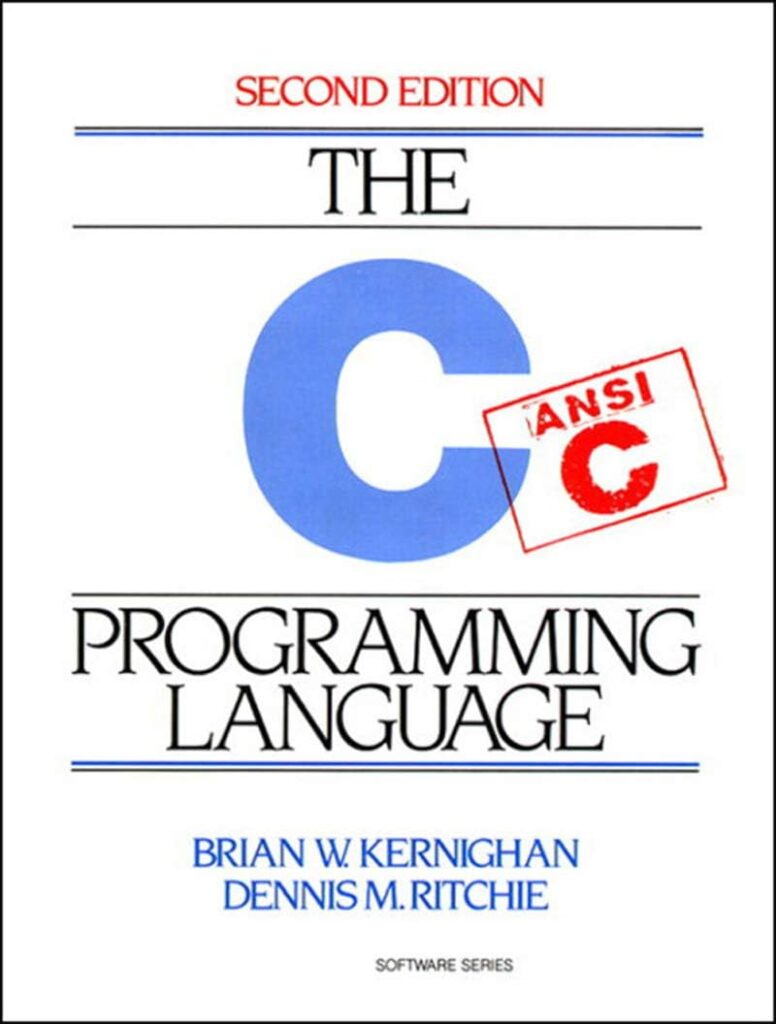
Archiving data is an essential task for any organization as it helps in managing the growing amount of data while maintaining the database’s performance. It is the process of moving historical data that’s no longer actively used to a separate storage device for long-term retention. SQL provides several efficient ways to archive data, and in this article, we will explore how to use SQL for efficient data archiving.
Why Archive Data?
Data archiving helps in reducing the size of the active database, which can lead to improved performance and faster backups. By archiving old data, organizations can ensure that their databases are not cluttered with unused data, reducing the risk of data corruption and improving the overall efficiency of the database system.
Archiving Strategies
There are various strategies that can be used for data archiving in SQL, but the most common ones include:
- This involves separating data into different partitions based on certain criteria, such as date. The old data can then be moved to an archive table or database.
- This strategy involves removing all the data from a table, either by using the TRUNCATE TABLE statement or by deleting the records and then rebuilding the indexes.
- Instead of physically removing the data from the database, a flag is set to mark the records as deleted or inactive. This allows for easy restoration if needed.
SQL Code Examples for Data Archiving
Let’s look at some SQL code examples for each of the archiving strategies:
Partitioning
CREATE TABLE orders_archive AS SELECT * FROM orders WHERE order_date < '2020-01-01'; DELETE FROM orders WHERE order_date < '2020-01-01';
In this example, we are creating a new table called orders_archive and inserting all records from the orders table that are older than January 1, 2020. After that, we delete the records from the original orders table.
Table Truncation
TRUNCATE TABLE orders;
The TRUNCATE TABLE statement quickly removes all data from the orders table without logging each row deletion. It also resets the table’s identity value.
Soft Deletes
UPDATE orders SET is_deleted = 1 WHERE order_date < '2020-01-01';
Here we are updating the orders table to set the is_deleted flag to 1 for all records older than January 1, 2020. The data remains in the table but can be filtered out during queries.
SQL provides several efficient methods for data archiving, each with its advantages and use cases. Partitioning, table truncation, and soft deletes are just a few of the strategies that can be employed to manage historical data. By archiving data, organizations can maintain a performant and manageable database system, ensuring data integrity and accessibility in the long term.
Source: https://www.plcourses.com/sql-for-efficient-data-archiving/





